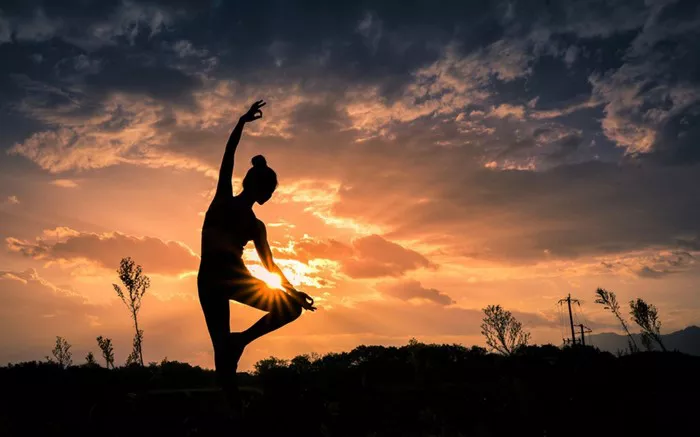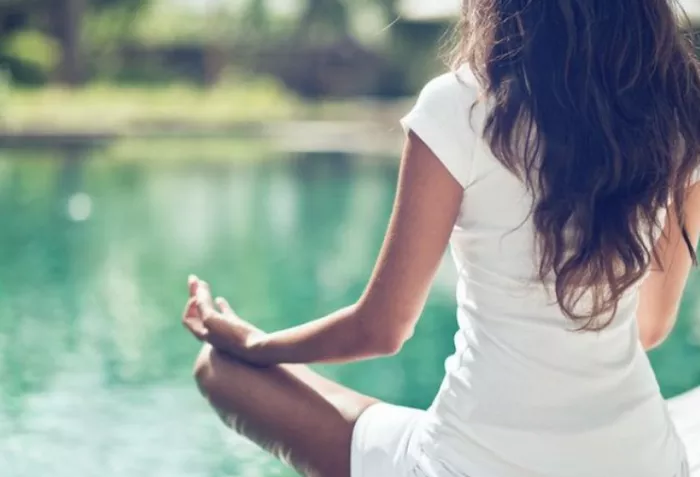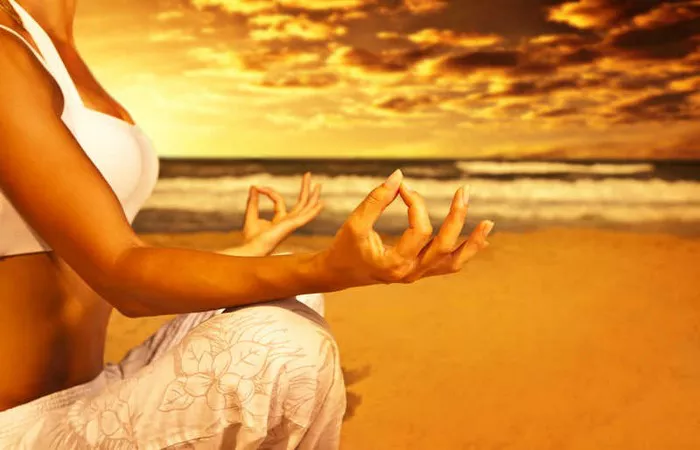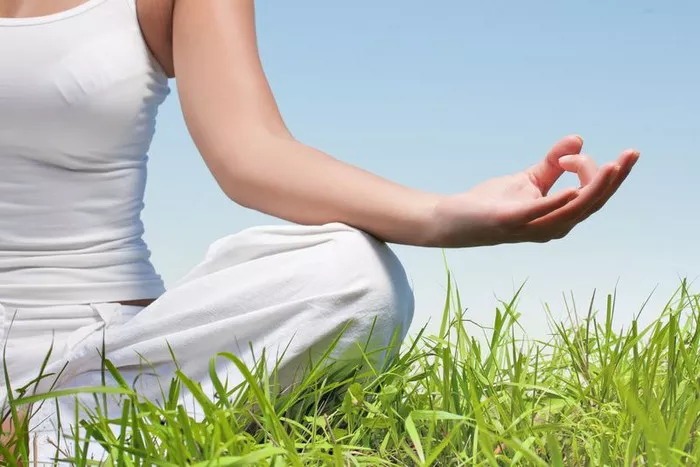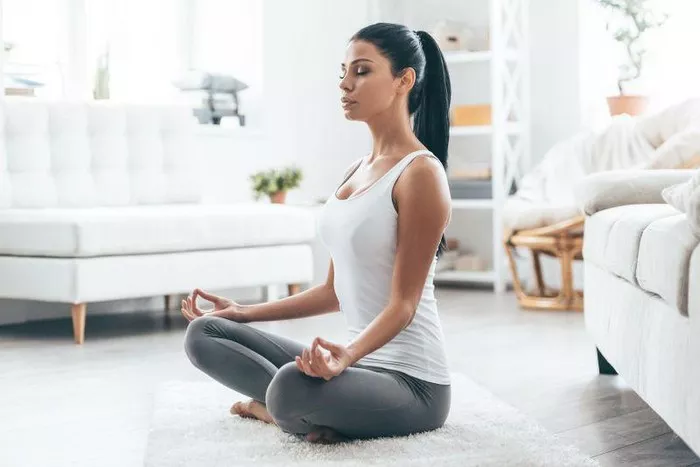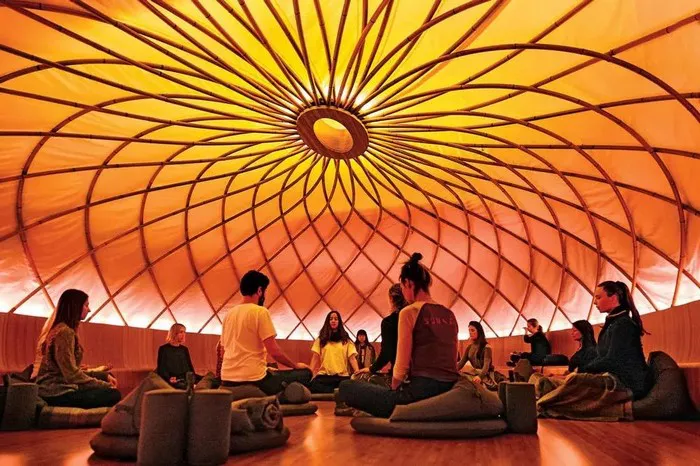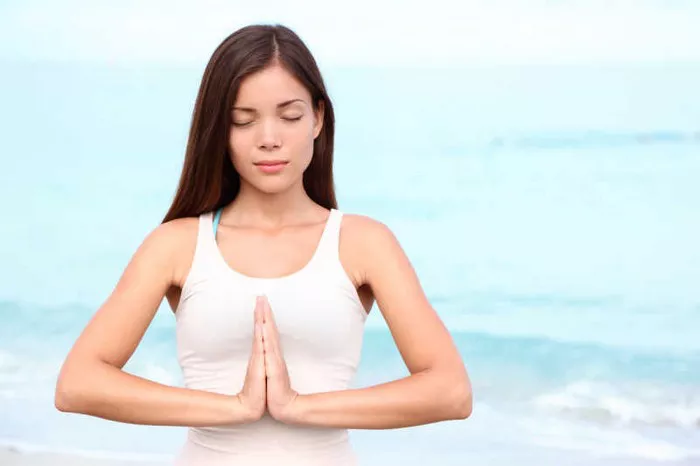As people age, maintaining physical health becomes increasingly important. For those over 60, selecting the right form of exercise can significantly impact mobility, strength, flexibility, and overall well-being. Yoga and Pilates are two popular fitness methods known for their low-impact, holistic approach. But which one is better suited for individuals over 60? This article explores the differences, benefits, and considerations of both to help guide your decision.
Understanding Yoga and Pilates
Before comparing yoga and Pilates, it’s essential to understand what each practice entails. Yoga is an ancient discipline rooted in Indian philosophy that combines physical postures (asanas), breathing exercises (pranayama), and meditation. It aims to cultivate balance, flexibility, strength, and mental calm.
Pilates, developed in the early 20th century by Joseph Pilates, focuses on strengthening the core muscles, improving posture, and enhancing body awareness through controlled, precise movements. Unlike yoga, Pilates is primarily an exercise system without a spiritual or meditative component, although it also promotes mind-body connection.
Benefits of Yoga for People Over 60
Yoga offers numerous advantages for seniors, supporting physical, mental, and emotional health. Some key benefits include:
- Improved flexibility and balance: Many yoga poses gently stretch muscles and increase joint mobility, which helps reduce stiffness and the risk of falls.
- Enhanced strength: Yoga uses body weight for resistance, strengthening muscles, especially in the arms, legs, and core.
- Stress reduction: The breathing and meditation aspects of yoga promote relaxation and reduce anxiety.
- Better posture: Yoga encourages spinal alignment and awareness of body positioning, which can alleviate back pain and improve overall posture.
- Increased circulation: Certain poses stimulate blood flow and may support cardiovascular health.
For seniors with arthritis or osteoporosis, specific yoga styles and poses can be adapted to avoid strain and promote joint health.
Benefits of Pilates for People Over 60
Pilates is also well-suited for older adults, emphasizing muscle control and core stability. Important benefits include:
- Core strength: Pilates targets deep abdominal and back muscles, which support the spine and reduce back pain.
- Improved posture: By reinforcing the muscles that hold the body upright, Pilates helps seniors maintain better alignment.
- Increased muscle tone: Regular Pilates practice can enhance muscle definition and endurance without high-impact stress.
- Better balance and coordination: Pilates exercises require focus and precision, which can translate into improved balance and fall prevention.
- Adaptability: Exercises can be modified to accommodate mobility restrictions or chronic conditions common in older adults.
Pilates also often incorporates equipment like reformers, but many exercises can be done on a mat, making it accessible for home practice.
Comparing Yoga and Pilates for Seniors: Physical Considerations
When deciding between yoga and Pilates, physical factors are crucial. Both practices can be adapted for various fitness levels, but they emphasize different muscle groups and movement patterns.
1. Flexibility
- Yoga excels at improving flexibility through dynamic stretching and holding poses.
- Pilates also promotes flexibility but focuses more on controlled muscle lengthening rather than extensive stretching.
2. Strength
- Pilates is particularly effective at building core and postural strength.
- Yoga develops overall body strength, including upper and lower body muscles.
3. Balance
- Yoga’s emphasis on standing poses and breath control enhances balance and proprioception.
- Pilates improves balance by strengthening core muscles and coordination.
4. Impact Level
- Both are low-impact, but yoga varies from gentle to vigorous styles (e.g., restorative vs. power yoga).
- Pilates is consistently low-impact with smooth, controlled movements.
5. Joint Health
- Yoga may include poses that require greater joint mobility; modifications are necessary for conditions like arthritis.
- Pilates focuses on controlled movement, often reducing joint strain.
Mental and Emotional Benefits: Yoga vs Pilates
Exercise is not only about the body; mental health plays a critical role in aging well. Both yoga and Pilates offer mental and emotional benefits but differ in approach.
- Yoga: Incorporates meditation and breathing exercises, which help reduce stress, anxiety, and depression. The mindfulness component promotes emotional balance and mental clarity.
- Pilates: Focuses on concentration and precise movement, which can improve cognitive function and body awareness but lacks the formal meditation aspect found in yoga.
For seniors seeking relaxation and stress relief, yoga may be the preferred choice. Those desiring mental focus and physical precision might lean toward Pilates.
Safety and Adaptability for Older Adults
Safety is paramount for people over 60 starting any new exercise regimen. Both yoga and Pilates can be tailored to accommodate physical limitations, chronic health conditions, or previous injuries.
- Yoga modifications: Many yoga studios offer gentle or chair yoga classes that reduce strain while retaining benefits. Props like blocks and straps support proper alignment.
- Pilates modifications: Exercises can be adapted to minimize impact and accommodate restricted mobility. Certified instructors trained in senior fitness can provide personalized modifications.
Consulting a healthcare provider before starting is recommended, especially for those with osteoporosis, cardiovascular issues, or severe arthritis.
Choosing the Right Style of Yoga or Pilates
Both yoga and Pilates come in different styles and formats. Choosing one that fits individual needs and preferences is essential.
Yoga Styles Suitable for Seniors
- Hatha Yoga: A gentle form focusing on basic poses and breathing.
- Restorative Yoga: Uses props to support the body in restful poses, ideal for relaxation.
- Chair Yoga: Performed sitting or standing using a chair, excellent for mobility limitations.
- Iyengar Yoga: Emphasizes alignment and uses props for support, beneficial for joint issues.
Pilates Formats for Seniors
- Mat Pilates: Uses body weight and small props, easily done at home or in classes.
- Reformer Pilates: Uses specialized equipment providing resistance, usually under supervision.
- Clinical Pilates: Tailored for rehabilitation and managing specific conditions, often guided by trained therapists.
Practical Tips for Starting Yoga or Pilates After 60
Starting a new exercise habit can feel daunting, but with the right approach, it becomes enjoyable and sustainable.
- Begin with beginner or senior-specific classes: These offer slower pace and modified exercises.
- Use props and supports: Blocks, straps, chairs, and cushions enhance safety and comfort.
- Listen to your body: Avoid pushing beyond comfortable limits to prevent injury.
- Seek certified instructors: Professionals trained in senior fitness understand special considerations.
- Incorporate consistency: Aim for at least 2-3 sessions per week to experience benefits.
- Combine practices: Some seniors find blending yoga and Pilates maximizes flexibility, strength, and mental well-being.
Lifestyle Benefits Beyond Exercise
Both yoga and Pilates offer benefits that extend into everyday life, helping seniors enjoy greater independence and quality of life.
- Improved sleep: Both practices promote relaxation, which may enhance sleep quality.
- Pain management: Yoga and Pilates can alleviate chronic pain related to arthritis, back issues, or fibromyalgia.
- Enhanced mood: Regular practice boosts endorphins and combats feelings of isolation.
- Better digestion and circulation: Gentle movements stimulate bodily functions that tend to slow with age.
- Social engagement: Group classes provide opportunities for social interaction and community support.
Final Thoughts
Age should never be a barrier to staying active and healthy. Both yoga and Pilates offer safe, effective ways for those over 60 to improve physical fitness, mental clarity, and emotional well-being. Consulting healthcare professionals and qualified instructors can ensure a safe and rewarding experience. Ultimately, the best exercise is one that you enjoy and can sustain consistently—whether it’s yoga, Pilates, or a blend of both.
Related Topics:

